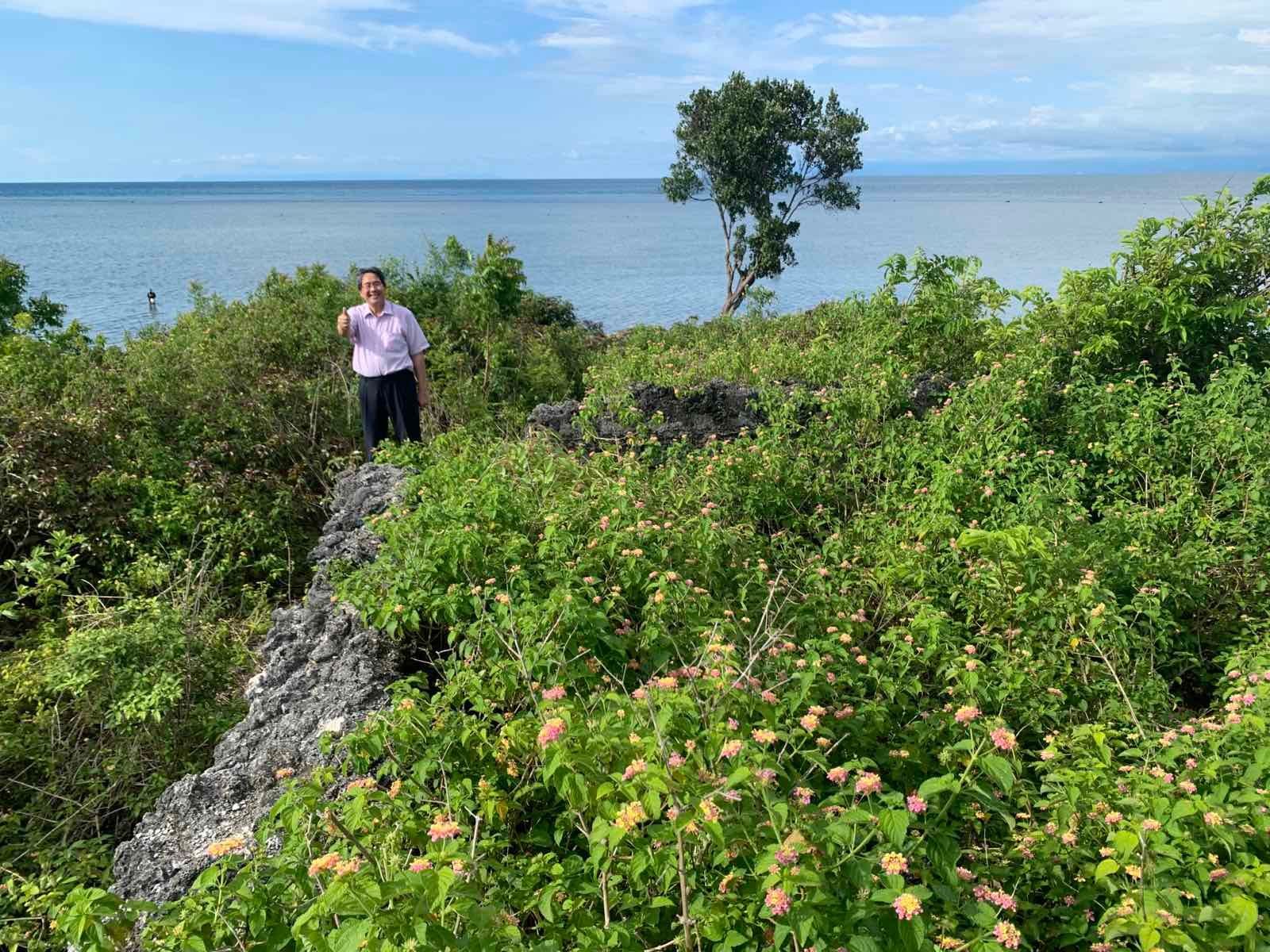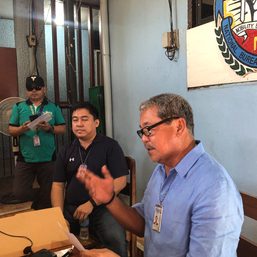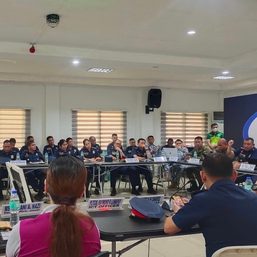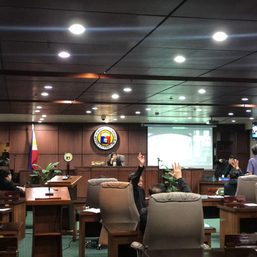SUMMARY
This is AI generated summarization, which may have errors. For context, always refer to the full article.

CAGAYAN DE ORO CITY, Philippines – On a promontory about 25 feet above the waters off Laguindingan town in Misamis Oriental are the stone ruins of a nearly forgotten centuries-old watchtower that a congressman now wants to be preserved.
Cagayan de Oro 2nd District Representative Rufus Rodriguez brought the stone ruins to public attention on Sunday, July 17, even as he asked the National Historical Commission of the Philippines (NHCP) to check the area and declare it as a historical site in Misamis Oriental.
Rodriguez wrote to the NHCP and the town government of Laguindingan on Monday, July 18, to seek more details about the watchtower.
Historical site
What remains of the four stone walls of the watchtower can be found meters away from a lighthouse erected near a cliff, overlooking Macajalar Bay and the Bohol Sea, in Punta Sulauan in Barangay Moog, Laguindingan.
Punta Sulauan, by itself, is historic. It served as a point of reference in an old map when Mindanao was split into two territories by a pope to guide two Catholic missionary orders in their work on the Philippines’ second largest island, said Cagayan de Oro historian and archaeologist Agnes Paulita “Nanette” Roa.
The site is approximately four kilometers from the nine-year-old Laguindingan Airport, between the cities of Cagayan de Oro and Iligan.
Social anthropologist Antonio Montalvan II said the watchtower was built during the Spanish colonial period, presumably between the 1700s and the early 1800s when the Moro raids took place.
“Apparently, it wasn’t built entirely of stone. Only the base was built of that material. The body of the tower could have been built of lighter materials, possibly wood or tabique pampango (a thin wall made of wood and bamboo, and coated with lime mixed with sand),” said Montalvan.
Finding the ruins
The find came as a surprise to former Misamis Oriental governor Yevgeny Vincente Emano, now the representative of the province’s 2nd District.
Emano, who served as governor for nine years, told Rappler that he was unaware of the existence of the watchtower ruins in Laguindingan.
He said he was behind Rodriguez in pushing to have the area developed and declared a historical site.
Rodriguez said the stone ruins first came to his attention when he wrote his 2021 book Cagayan de Oro and Misamis Oriental: Politics and History, and he searched for them on Thursday, July 14.
“I went to look for the exact location. After walking on a trail of around 600 meters from the barangay concrete road, I was able to reach the lighthouse, and just beside it were the ruins of the Spanish watchtower,” he said.

Rodriguez said the lighthouse is relatively new, “but I assume that there was [an older] lighthouse there because of its strategic location.”
He said the ruins of the watchtower were visible although they were already covered by bushes.
A tree has also engulfed the corner of one of the four walls, Rodriguez noted.
He called on the Laguindingan town government and barangay officials of Moog to have the area cleared of bushes.
Rodriguez said the historical site in Punta Sulauan should be opened to the public after protection and conservation measures are put in place.
Old map
Rey Luis Adeva Montesclaros, a former history instructor at the Mindanao State University-Iligan Institute of Technology (MSU-IIT), said the imaginary line divided Mindanao, partially ending the squabbling between Augustinian Recollects and Jesuits over the jurisdiction of the present-day Iligan City and Lanao.
Montesclaros said a 17th-century map shows the line from Punta Sulauan, which was referred to as Suloguan then, to the Davao Region.
Roa said there were historical references to the watchtower in Laguindingan town in the books of the late Father Francis Madigan, Father Rene Javellana, and the late Cagayan de Oro historian Filomeno Bautista.
Site X-2007-U4
As early as 1991, archaeologists from the National Museum surveyed the coastal towns and stumbled on what villagers called moog in Punta Sulauan.
The Punta Sulauan ruins, which date back to the 18th century, were “their biggest discovery,” Roa said.
Moog is a Bisayan word that could mean a small fort, tower, rocky outcropping, or natural pinnacle that can be fortified as a place for evacuees.
But archaeologists from the University of the Philippines (UP) later ruled out that it was used as a fort because it was too small to accommodate villagers seeking refuge.
Roa said the archaeologists from the National Museum reported that its walls were 75 centimeters thick and were as high as two meters, covering an area of 8.9 by 8.4 meters.
A watchtower against pirates
Also called by villagers as Cuta sa Punta Sulauan, the National Museum had assigned the ruins the site code X-2007-U4, according to Roa.
She said the Punta Sulauan ruins were also among 41 sites included in a list of a group from UP led by Dr. Leee Anthony Neri, which did an archaeological survey in Misamis Oriental’s coastal towns between 2007 and 2010.
Roa said the UP archaeologists concluded that the ruins were that of a watchtower used in warning villagers of an impending attack by pirates centuries ago.
She said a full report on the Punta Sulauan ruins by Neri was in Volume 16 of Hukay, a journal for archaeological research in Asia and the Pacific published in 2011 by the Archaeological Studies Program (ASP) of UP Diliman. – Rappler.com
Add a comment
How does this make you feel?










There are no comments yet. Add your comment to start the conversation.